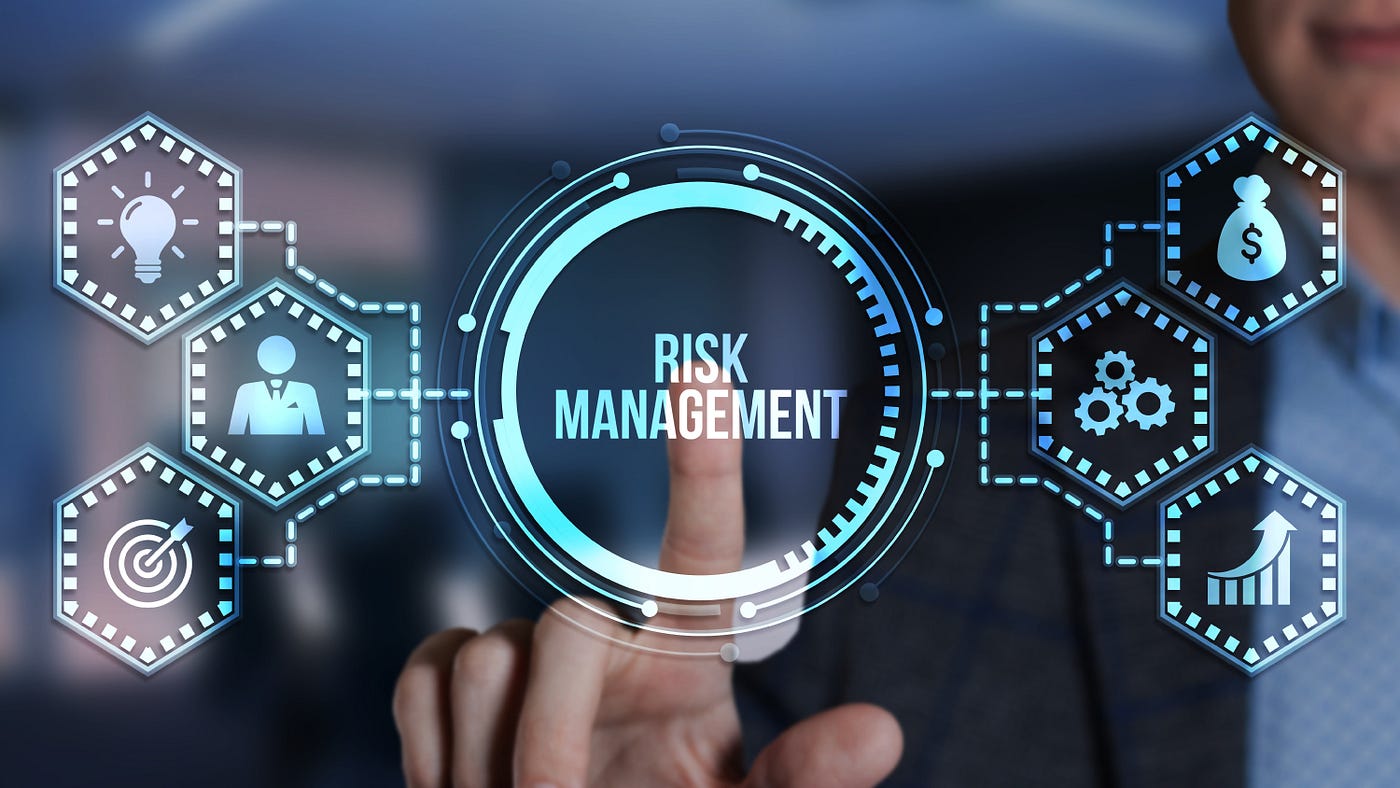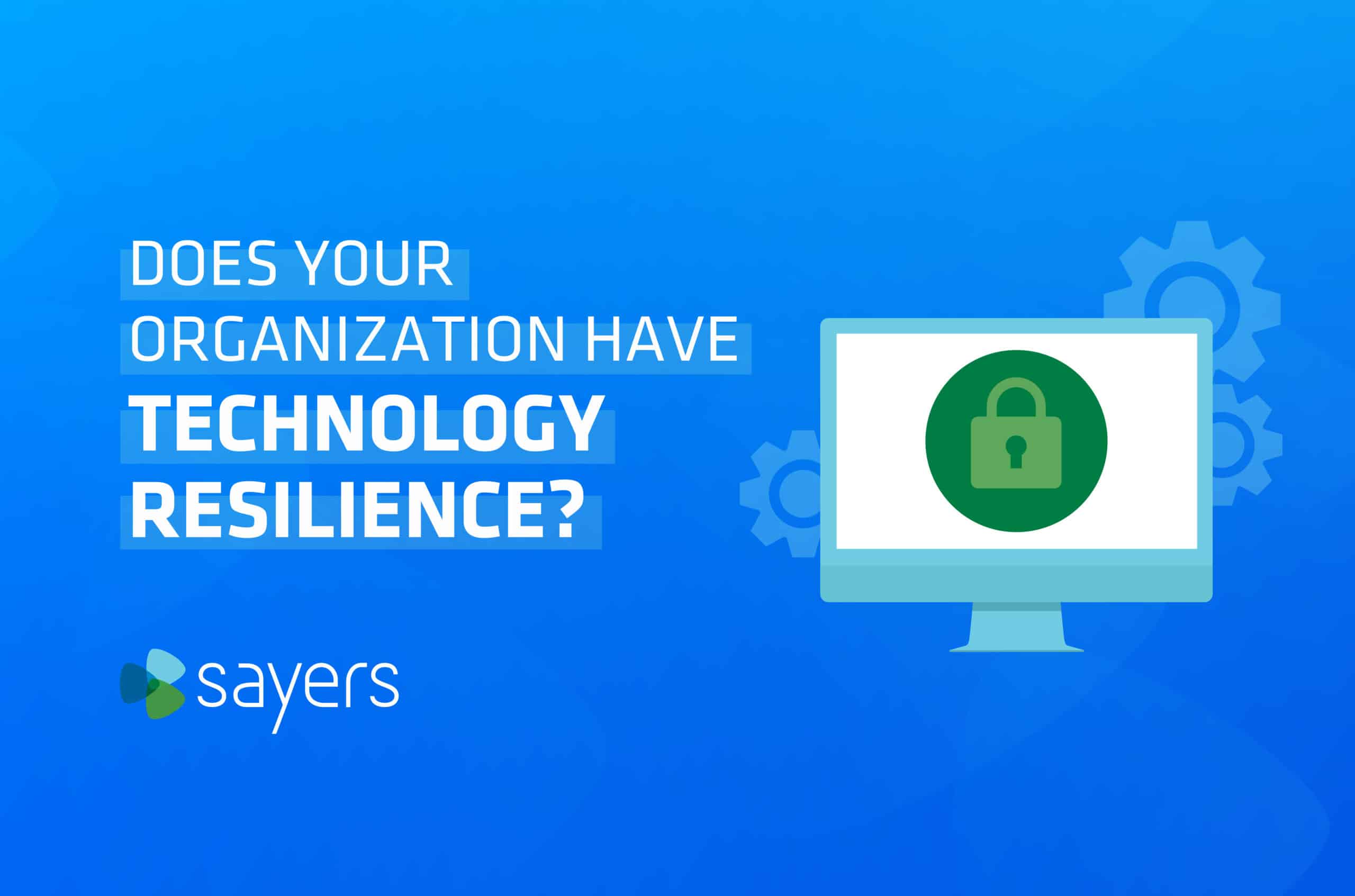


You already know your organization needs to be more resilient with each passing day, breaking headlines, and trending tweets. Your IT team in particular has to deliver technology resilience, not only to your internal organization but also to all your customers.
Measuring the resilience of your organization doesn’t have to be a complicated framework you pay a consultant to customize for you. Instead, you can easily modify and apply Maslow’s hierarchy of needs as a simple model to assess your organization’s resiliency. Then use it to prioritize where to invest so you can build your organization’s ability to adapt and respond in the face of disruption.
But first, consider these eye-opening predictions from former Cisco CEO John Chambers, which he delivered to business leaders at HPE Discover 2020:
“…40% to 50% of the Fortune 500 will not exist in a decade. …And these terrible events we’re now seeing will actually accelerate that. Probably 60% of the startups won’t exist in a decade, and a number of them won’t exist in two to three years.”
Chambers’ comments followed Microsoft CEO Satya Nadella’s earlier observation in 2020 that two years’ worth of digital transformation took place in two months. We’re only accelerating from there.
Now is the time for resiliency, and the topic continues to top the list of initiatives from analysts and surveys across the board. In their recent research paper, “Predicts 2021: Organizational Resilience,” Gartner says by 2025, 70% of CEOs will mandate a culture of organizational resilience to survive – coinciding with threats from pandemics, cybercrime, severe weather, political instabilities, and other events.
For a general definition of resilience, this one from Merriam-Webster works:
Resilience is the ability to recover from or adjust easily to misfortune or change.
At the IDC Directions 2021 conference, IDC more specifically defined business resilience as:
The ability to rapidly respond to business disruption and restore business operations in a timely fashion.
We can drill down even further and define information technology resilience as:
An organization’s ability to adapt and accelerate business objectives through and beyond disruptions to its critical technology, personnel, processes, and systems that support them.
To measure the ability to “adapt and accelerate,” consider Maslow’s hierarchy of needs, introduced in the 1940s and still relevant today.
Maslow’s model uses five tiers to present categories of needs that motivate people, specifically the basic needs of physiology and safety; the psychological needs of love, belonging, and esteem; and the self-fulfillment needs that lead to self-actualization, or achieving one’s full potential.
Now, simply apply that hierarchy to the three areas every organization requires to be effective: people, process, and technology. By exploring each of these areas against Maslow’s model, you can better understand where to prioritize your investments to become a more resilient organization.
Use the needs and questions provided here as examples and prompts for discussion within your IT organization. We encourage you to customize this model and consider other needs in these categories that are important to you and your organizational objectives.



For each of those three areas – people, process, and technology – measure your organization against those hierarchies on a scale of 1 to 5. Use this exercise to identify: 1) where your is organization strong, with its needs being met, and 2) opportunities to develop people, simplify processes, mitigate risk, and build strengths through investments in your organization. Transformation isn’t optional. By balancing and prioritizing your people, process, and technology investments around these hierarchies of needs, you can build resilience within your organization. Want to know more? Contact us at Sayers today. We help our clients increase their resilience through innovative technology and customized IT solutions.
Doug Close, Senior Vice President of Solutions at Sayers
For nearly 20 years, Close has grown the Sayers technology portfolio, leading several of our engineering teams. Currently, he leads the solutions engineering and architecture team across all technologies including cybersecurity, networking, and infrastructure.
The Year of Technology Resilience. 15-minute presentation by Doug Close, SVP of Solutions at Sayers, from the Sayers #Curio Virtual Tech Summit. Available free on demand.